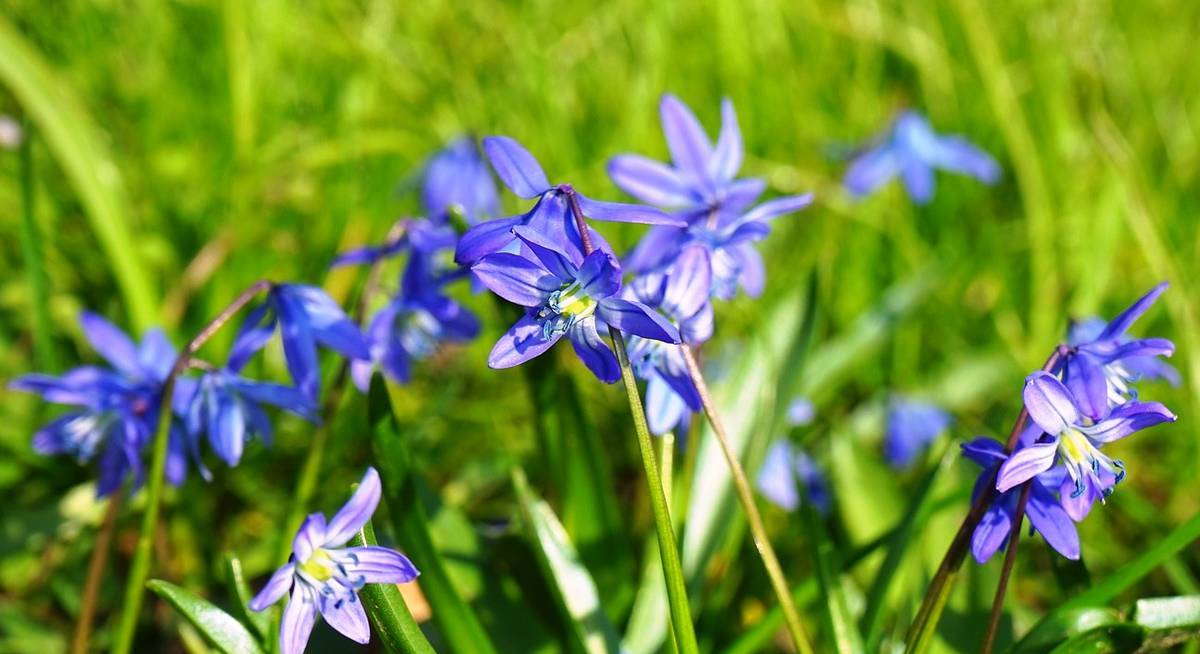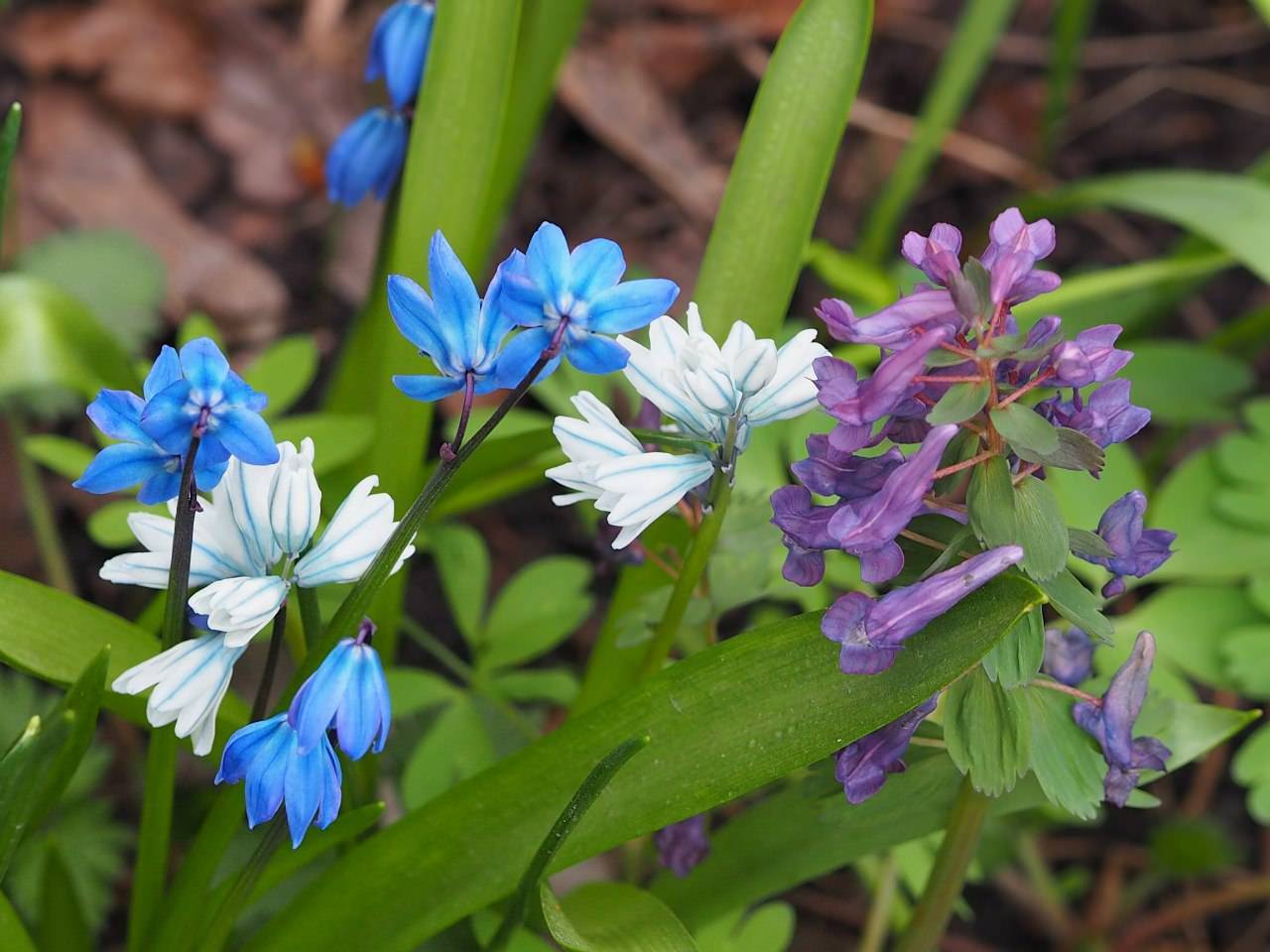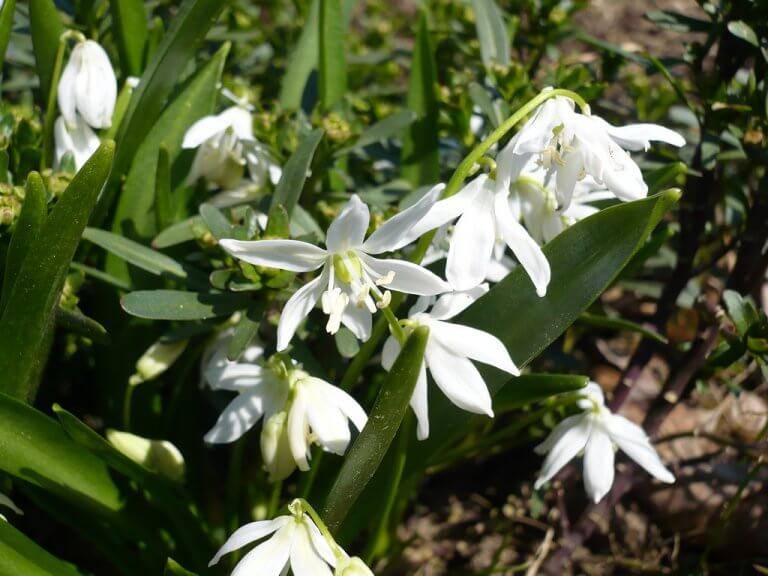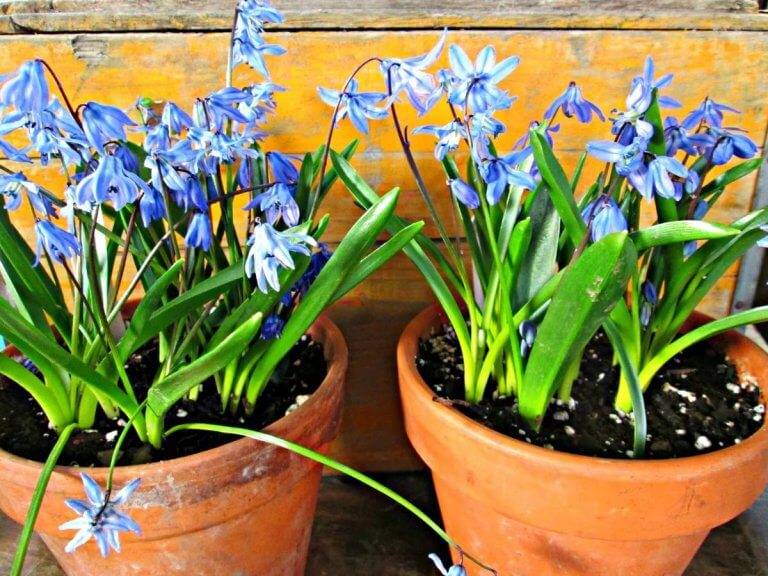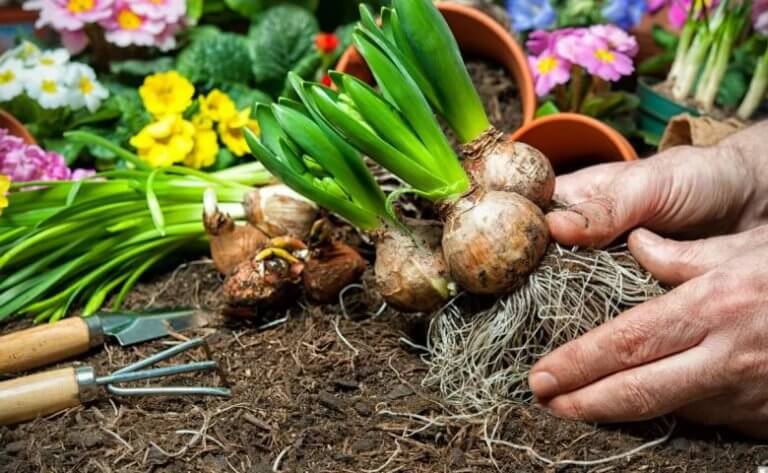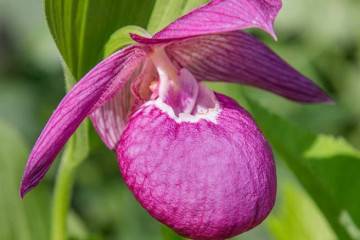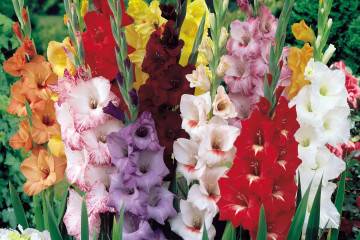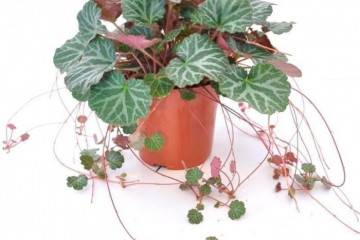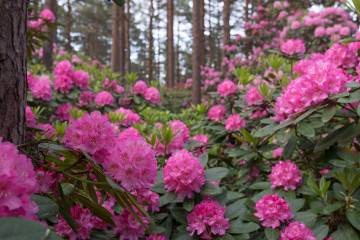Scylla flower, she is a scrub, description
Content:
Novice gardeners choose plants that are unpretentious and have an increased level of adaptation to external conditions. One of these is the scilla - a flower that has several more names - snowdrop and scrub. It attracts attention with decorativeness, high immunity to many diseases and beautiful appearance. Before planting, it is necessary to study the growing conditions and the rules for caring for it.
Description of the scilla flower
Scylla is a perennial flower that is common in Africa, Europe and Asia. Belongs to the Liliaceae family. Frost-resistant varieties are used to decorate open flower beds, while other species are grown only in the house.
Short description
Compared to other bulbous plants, blueheads have a strong stem and slightly elongated internodes. After a while, a thin rhizome with a large number of bulbs is formed. More often there are blue, lilac, pink inflorescences, much less often white flowers.
Types and varieties of scilla
There are many varieties of snowdrops. Each scilla, whose shoot, flowers and leaves have different shapes and shades, is beautiful and unusual in its own way.
Siberian Scylla (Scilla sibirica)
Siberian Scylla got its name by mistake, because it does not grow on Siberian territory. It can be found in Europe, Crimea, and the Caucasus. This plant has blue flowers and leaves.
Scilla Siberica has 3 subspecies:
- Caucasian - arrows 20-40 cm, dark blue and purple flowers;
- Armenian - bright blue flowers, arrows up to 16 cm, leaves are curved;
- Siberian - 3-4 wide leaves, azure flowers, shoots up to 31 cm high.
Scylla Siberian Alba, which is characterized by exquisite snow-white flowers, is considered no less common.
Scylla bell-shaped (Scilla Hispanica)
The plant is native to Europe. The bell-shaped type is the most specious variety, which is distinguished by its small height, up to 30 cm, with one stalk with blue, white and pink flowers. Flowering begins at the end of May. This type of scilla has several varieties - Rose Queen, Sky Blue, La Grandes, Rosabella, Bluejint, etc. In the evening, the aroma of inflorescences intensifies.
Scilla Bifolia
Found near the Mediterranean Sea, in the Crimea. It is the lowest and most flowered variety. The plant reaches a height of 15 cm, produces up to 3 peduncles with pink, white inflorescences. It has two leaves up to 20 cm long. The flowering period begins in mid-April.
Scilla Autumnalis
In the wild, the flower can be found in African and Asian countries. The plant produces up to 5 arrows up to 20 cm long with pale lilac or reddish-purple inflorescences. Narrow and linear leaves up to 26 cm long.Flowering starts in July-August.
Scilla Peruviana
The plant grows in the western Mediterranean. It produces 2 to 3 arrows about 30 cm high with small bright blue inflorescences. Leaves are linear, up to 28 cm long and up to 1.6 cm wide. One plant has 5-8 leaves and up to 80 flowers.
Conditions for growing a scilla at home
In order for the woods to please with a well-groomed appearance and beautiful inflorescences, it is necessary to follow some care rules.
Illumination and temperature conditions
Scylla loves ultraviolet rays and bright lighting. But in the summer season, you should still remove the flowerpot with a flower away from the scorching sun to avoid burns. In the hot season, the optimum temperature is from 22 ° C to 25 ° C. From mid-autumn and winter, the indicators need to be reduced to 10-12 ° C, otherwise the flower will begin to stretch strongly.
Watering rules and humidity
To prevent the roots and bulbs from rotting, it is required to water the plant moderately in the summer. In winter, the volume of water is reduced to avoid dropping leaves. It should be at room temperature and separated. Scylla is adapted to low humidity, therefore it does not need additional spraying.
Top dressing and soil quality
The soil should be breathable, loose. You can use a ready-made succulent substrate or prepare it yourself by mixing leafy soil and humus (2: 1). During the period of active growth, the woodland needs to be fertilized twice a month.
Planting a scilla in open ground
Scales can be planted outside in black soil near the curb, flower garden, alpine slide. Even a novice gardener can handle this.
Snowdrops are transplanted even during flowering, but it is recommended to postpone this procedure until the foliage dies. This is the second half of June or 30 days before the appearance of the peduncles.
Reproduction of scilla
You can propagate a plant at home in different ways - by seeds, bulbs.
- Seeds. They should be collected only when the boxes turn yellow and begin to crack. This process falls at the end of June. Immediately after collection, the seeds must be sown into the soil due to their low germination capacity. After a few years, the scilla will bloom. It is recommended to leave the plant in one place without transplanting for at least 5 years, so that it forms more shoots and increases the number of inflorescences.
- Bulbs. During the growing season, the plant gives about 2 children. When all the leaves of the woodland wither, you can plant the children at a distance of 5 cm from each other and to a depth of 3 cm.
Diseases and pests of scilla
Redwoods with other bulbous crops can be infected with various ailments, attacks of parasites and even rodents.
- Gray rot. It affects foliage and bulbous upper part, after which the plant becomes moldy and dies. You should immediately remove the affected stems, say goodbye to the diseased areas, and apply wood ash to the scars.
- Achelenhoides. It touches the bulbs, the aerial part of the plant. The bush becomes covered with spots, the flower lags behind in development. Dug out the affected bulbs, and put the good ones in a tray with hot water for processing.
- Bulb rot. The problem arises from fungal infections - septoria, fusarium, sclerotinia. The disease progresses with high humidity.Its characteristic manifestations are yellowish leaves and dirty red spots on the bulbs. It is impossible to save the flower.
- Rodents. Voles prefer to eat snowdrops. To protect the flower, it is required to make a groove around it with poison for rodents. You need to pour earth on top so as not to poison the birds.
- Meadow tick. The insect and its larvae tend to penetrate the inside of the bulb and gnaw out the flesh. To destroy the pest will help the treatment of spruce with acaricides.
Growing Scyllas such as Siberica, Rosea, Bell-shaped or Prunian is easy enough with the right care. This is an unpretentious and beautiful plant that can be placed both in a pot in the room and outside under the window. Before buying or planting, it is worth studying the description of the variety and its degree of frost resistance.
